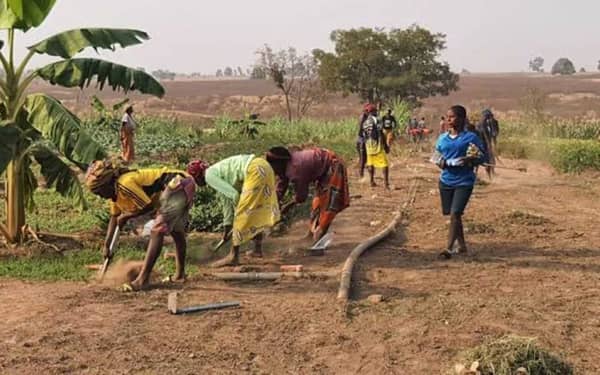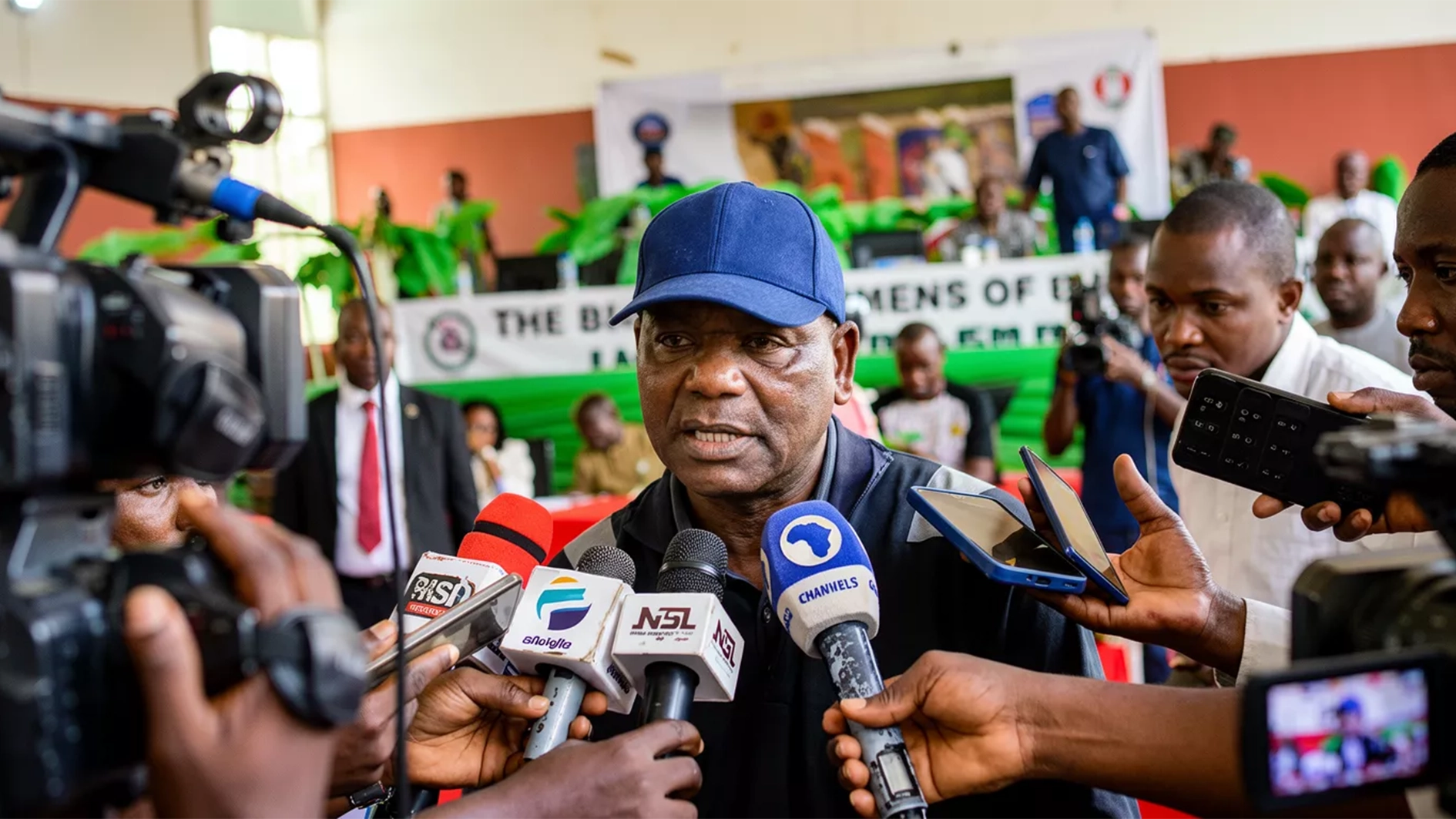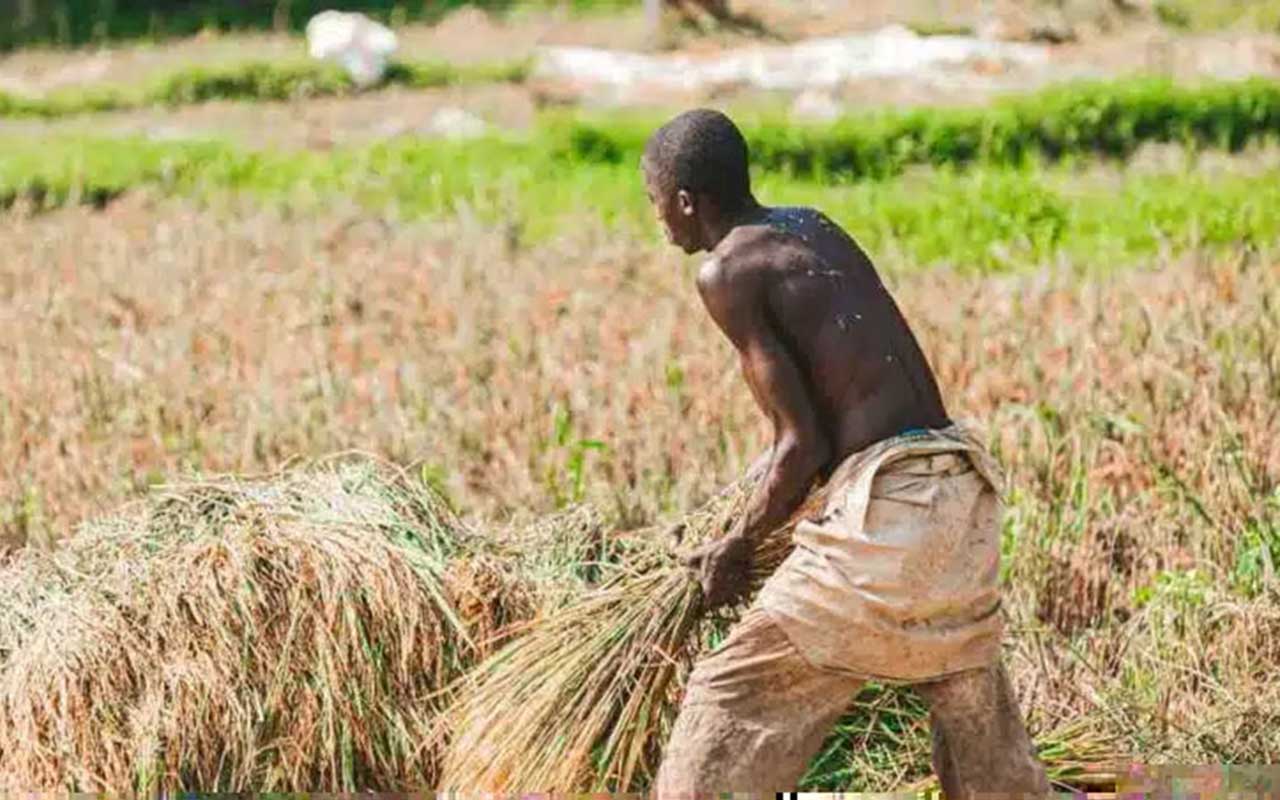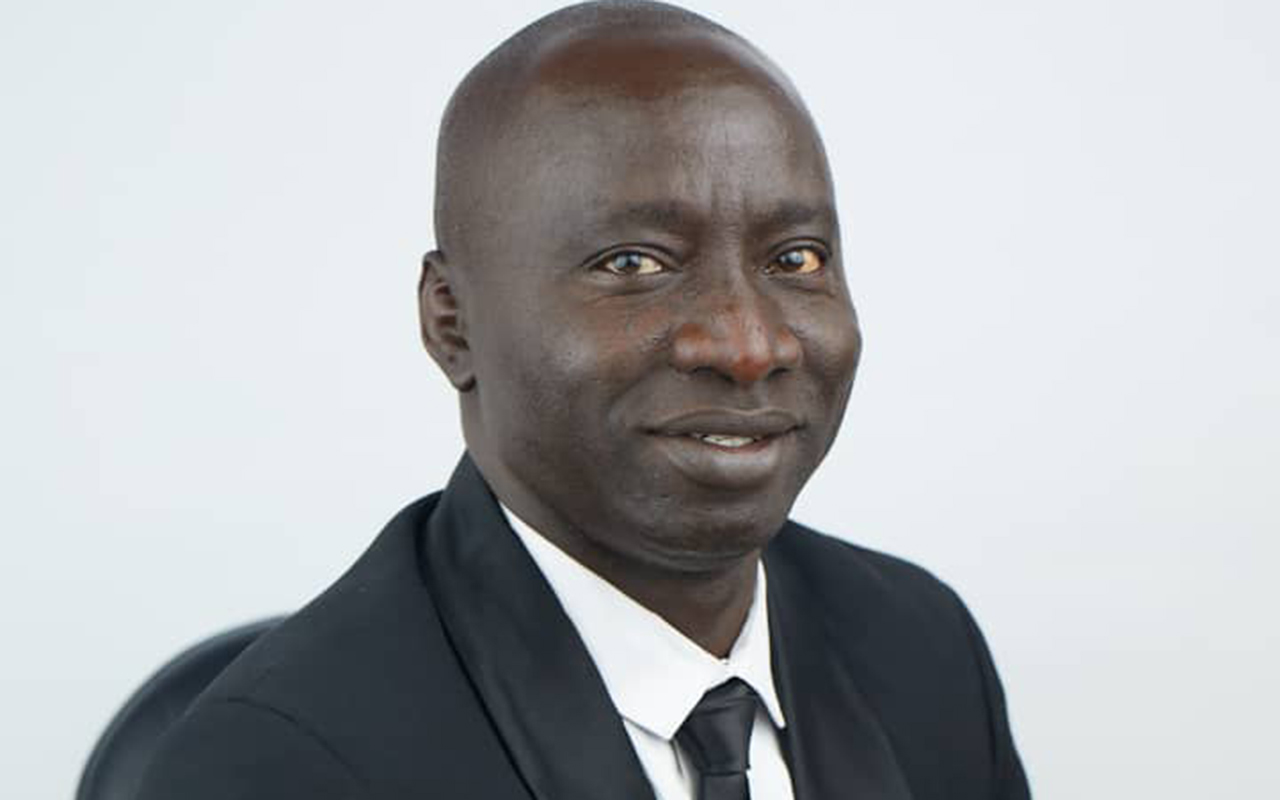 Humanitarian Ministry Launches Nutrition Assistance In Sokoto, Katsina
Humanitarian Ministry Launches Nutrition Assistance In Sokoto, Katsina
The United Nations World Food Programme (WFP) has scaled up assistance in the Northwest, amidst increasing food crisis, malnutrition and displacement challenges plaguing the region.
The move was borne out of the Cadre Harmonisé report carried out by the United Nations Food and Agricultural Organisation (FAO), which revealed that 8.3 million people in the north western states of Katsina, Sokoto and Zamfara are in need of urgent life-saving assistance, with 360,000 people currently in emergency phase.
The report added that the Global Acute Malnutrition (GAM) rate has exceeded the GAM emergency threshold of 10 per cent in all the Local Councils in Sokoto State and half of the councils in Katsina State.
Indeed, Nigeria faces a multi-dimensional humanitarian crisis, as the March 2024 Cadre Harmonisé projected 31.8 million people to experience crisis and emergency levels of hunger, with the northeast and northwest among the most affected.
Though stakeholders have attributed the current food price hike to increased transportation cost caused by the high fuel price, but the cause of the food crisis has been majorly linked to clashes between farmers and herders.
In the Northwest, what began as occasional clashes between farmers and herders competing over increasingly scarce land and water resources has over the past decade evolved into frequent violence against civilians by non-state armed groups (NSAGs), predominantly in Zamfara State, but also in areas bordering Kaduna, Katsina, and Sokoto states.
Triggered by this instability, data by the WFP shows that the number of Internally Displaced Persons (IDPs) in the Northwest states of Kaduna, Kano, Katsina, Sokoto and Zamfara had increased from 475,000 to 610,000.
The UN agency further revealed that while eight per cent of IDPs reside in camp-like settings, the majority have sought refuge in host communities, saying these proportions vary greatly across the states, with almost no IDPs staying in camp-like settings in Katsina, while in Sokoto, 43 per cent reside in camp-like settings.
Unfortunately, communities in Katsina, Sokoto, and Zamfara continue to face significant concerns about future attacks, killings, abductions, and sexual violence. In Katsina, 28 per cent of IDP households reportedly suffered physical violence, 25 per cent experienced an attack, 15 per cent experienced the killing of a family member, and 11 per cent reported a family member subjected to sexual violence. Women and girls have especially faced stress and mental trauma; many are pressured into transactional sex and other harmful coping strategies.
They further revealed that the malnutrition burden has doubled from two million children in 2023 to four million children in 2024 across northern Nigeria, decrying that rural households that were depending mostly on agriculture have been disrupted, along with access to essential water, sanitation and hygiene, health, education, markets and other basic services.
“Many households have lost income and assets; the most vulnerable can no longer access safe and nutritious food for their families.
“Northwest Nigeria is home to many people experiencing multi-dimensional poverty, which is defined as concurrent deprivation across at least three dimensions of nutrition, health, education, water and sanitation, and housing. Multi-dimensional poverty influences the long-term vulnerability of 73 per cent of the people in Katsina State, 91 per cent in Sokoto State and 78 per cent in Zamfara State. Agriculture, the primary livelihood for 80 per cent of the population in these states, has been particularly disrupted by violence,” the report stated.
Following cries in several quarters for the international community to scale up assistance for the people of the Northwest, just like it’s been done in the Northeast, WFP in partnership with the Federal Ministry of Humanitarian Affairs launched nutrition assistance for a six months period to 6,788 malnourished children and 5,657 pregnant and breastfeeding women in Sokoto and Katsina states.
For the period, the beneficiaries will receive monthly rations of the specialised nutritious food Super Cereal to prevent malnutrition and micronutrient deficiency. This activity will also provide cash-based transfers to help meet the food assistance needs of 1,949 IDPs and other most vulnerable groups.
The plan by WFP is to use the National Social Register to help identify people in need requiring food assistance. The criteria according to the Deputy Head of Programme, Manuela Reinfeld, is targeted at households with precarious sources of livelihood and income, such as selling natural resources or seasonal daily wage labour; households with a high number of dependents; households resorting to emergency coping mechanisms; households with a large number of members with disabilities; households with no productive assets; and recently displaced households.
“The households that are identified as meeting these criteria must be poor, hungry, with higher protection risks, elderly people, women-or-child-headed households, chronically ill or disabled or marginalised households, are also considered for prioritisation.”
For the Livelihood assistance supported by the combined contributions of FMHAPA and WFP, she explained that the activity will launch a pilot livelihoods intervention in the northwest states of Sokoto and Katsina using a food systems approach, adding that the approach is designed to reduce poverty by increasing income, improving nutrition and building resilience of households to external shocks.
The activity would among others strengthen household and community capacity by improving equitable access to nutritious foods through sustainable, value chain and environment-friendly agricultural production with support for sustainable and inclusive small businesses that increase household income.
“Diverse groups within the communities will undertake joint income generating activities supporting positive interaction and social cohesion. This activity will also help to strengthen inclusive market opportunities for community groups, especially women and youth, including the sale of agricultural products that increase local availability of high-value nutritious food to support improved nutrition and daily diet diversity.”
She added: “Using a cross-cutting, all-inclusive approach, the same communities will be targeted for complementary livelihood interventions. Targeting of households and individuals will be determined through a community-based participatory planning consultation approach, which helps ensure that the prioritisation of people in need is influenced by community stakeholders.”
Reinfeld added that the programme will further build from successful models and lessons learned to strengthen the capacity of state governments to deliver safety nets in both emergency and development contexts, saying it will further introduce and strengthen government-led social protection platforms to provide end-to-end support for digital transfers.
“It will help to bridge the current capacity gap between federal and state agencies with concurrent social protection responsibilities to assist people in need. Targeted states will be supported to establish digital transfer systems using a train, demonstrate and practicalise hand-holding approach.
The activity will position state agencies to deliver more effective transfers for emergency and development interventions through: Training on delivery modalities, as part of the skills and knowledge transfer required for sustainability and preparation for future handover.”
To ensure continuity and sustainability of training, WFP stressed that they provide IT equipment at state levels to support future handover as the IT infrastructure will support a transformational approach that links federal- and state-run social protection through integrated planning and monitoring systems.
“Establish community feedback mechanism: The programme will also develop strategies and interventions that promote mental health and peace building in conflict-affected communities and also offer the communities comprehensive psycho-social support to foster sustainable peace building and reconciliation.
“Individuals and groups will be supported to heal from the trauma of violence, build their resilience, and seek mutual understanding and cooperation with formerly opposing groups.
“Implemented in collaboration with community-based stakeholders, the activity will leverage both local expertise and resources to bring lasting positive impact on the community’s social cohesion and stability. Participation and empowerment of local stakeholders will help ensure sustainability of these services after the intervention is completed.”
The programme also promise to strengthen or create community-based psycho-social support groups in targeted communities to enable them to function as safe spaces for individuals and groups to access counseling services, group therapy sessions, and conflict resolution workshops. They will also organise dialogue sessions and reconciliation workshops that bring together members of diverse communities to foster understanding, empathy, and healing.
These forums will encourage open communication, offer safe spaces for the expression of grievances, and explore pathways to peaceful co-existence.
Engage youth in peace building efforts through tailored peace education programmes in schools and youth-led initiatives.






